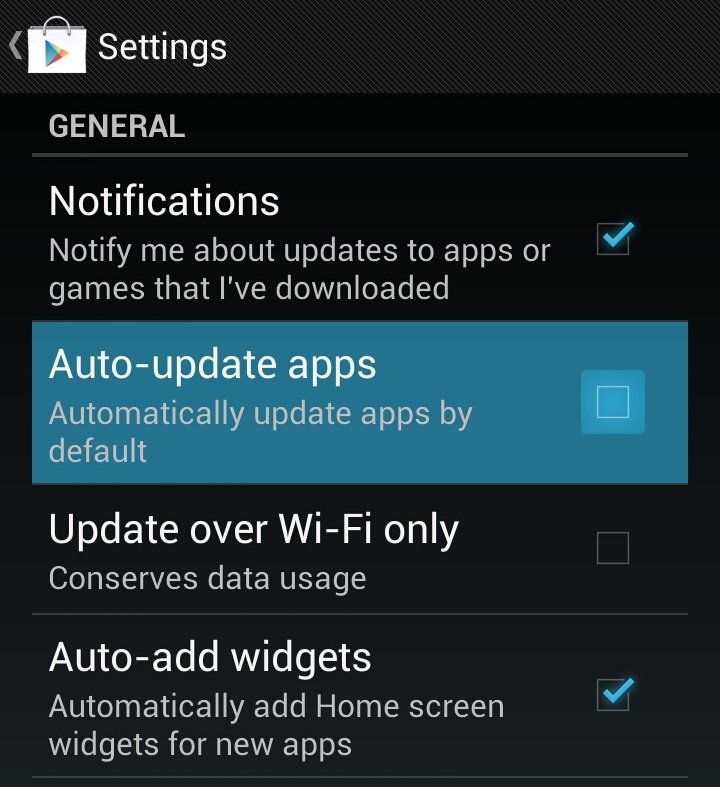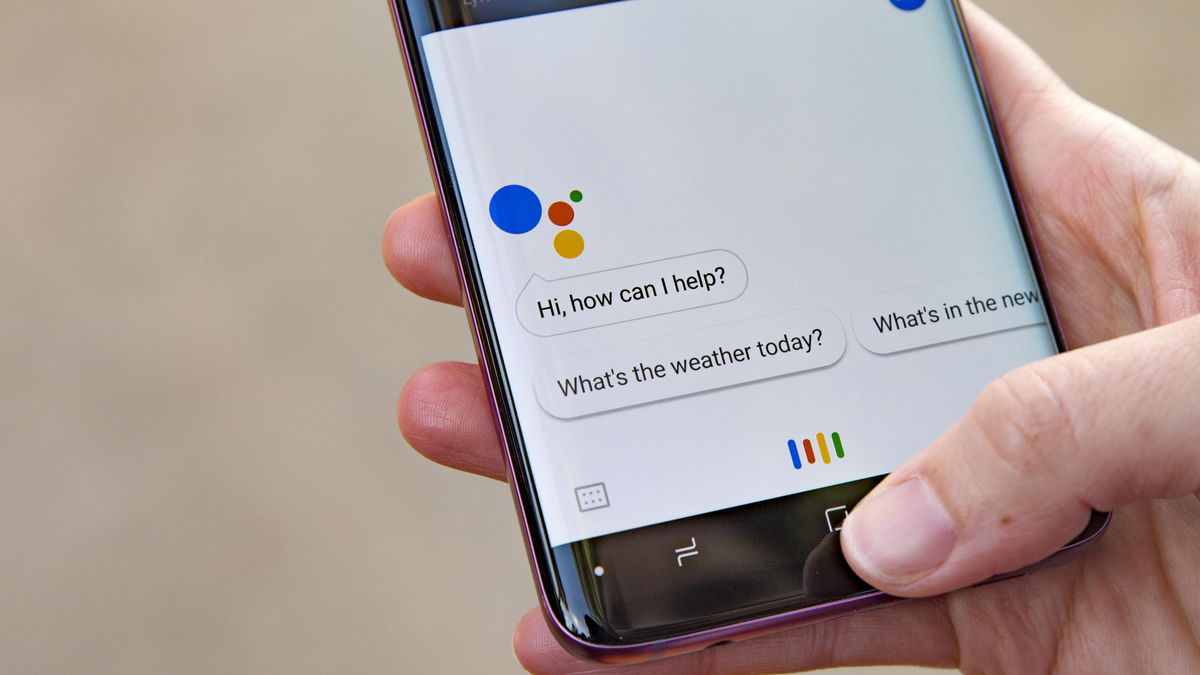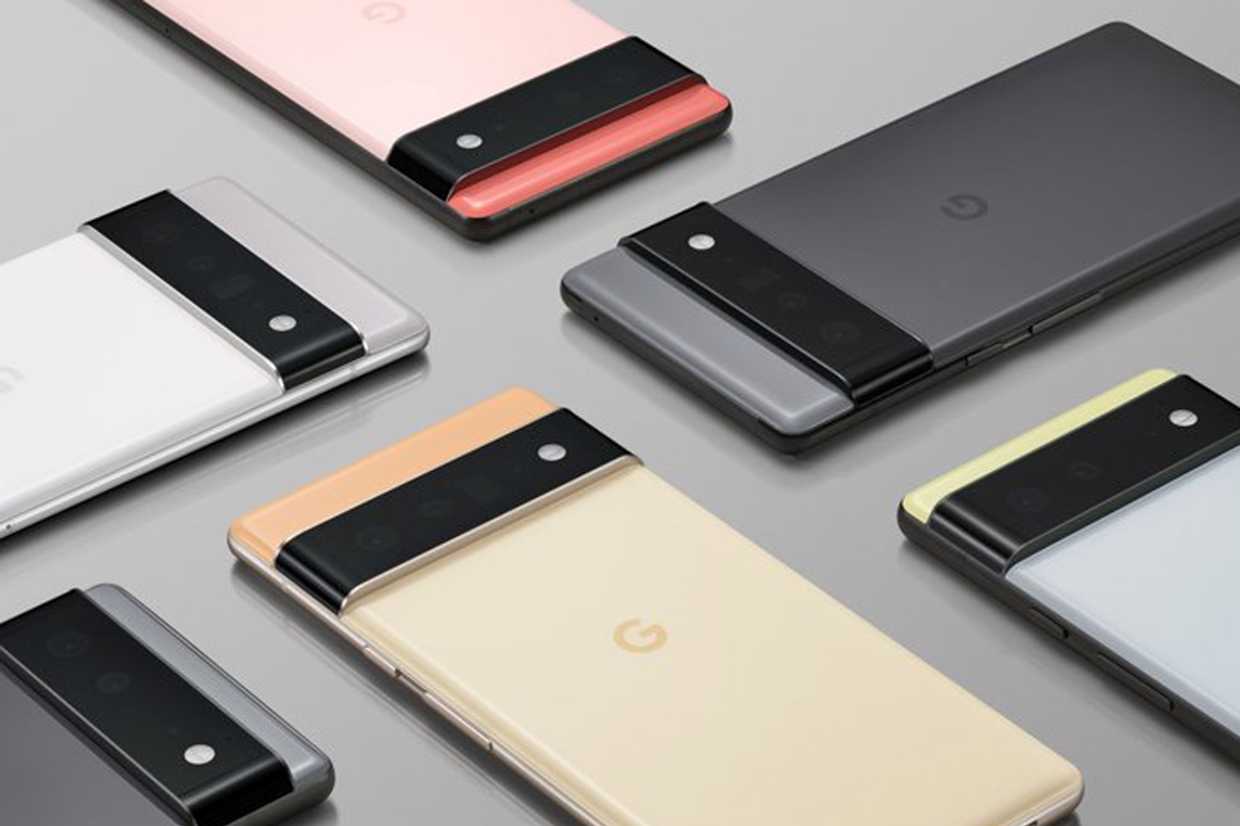Mobile apps on Android and elsewhere are getting bigger and bigger in size, and it can often take several minutes to download a heavy app. Forget the time factor, and you’re still left with heavy data usage. So, what’s Google been doing about it for Android apps on Google Play?
Earlier this year Google switched to a better compression algorithm, which made update downloads considerably smaller – by up to 47% compared to the prior patch. Now, they’ve come up with something called file-by-file patching, which makes the app update smaller by 65% compared to the previous patch.
File-by-file patching essentially works by only changing the parts of the app that need to be changed. Google gives the analogy of a book with a new sentence introduced into it. Rather than re-print the whole book, they’re able to insert just the one sentence, making the update much lighter.
The file-by-file patching is currently only being applied to auto-updates, and Android developers won’t need to make any changes to see this at work. They’re doing this in the interest of older devices, because the file-by-file patching method uses more processing power, which will actually slow down the update and defeat the purpose of having a lighter file.
While this may not be as exciting for the real-world user, the practical value is in the data savings. Google Maps, for example, comes as a 9.6 MB update instead of a more bulky 17.5 MB, with an original file size of 32.7 MB. The average size reduction is 65% so you may see varying results depending on the app as well as how many changes the update actually brings to the app.
In a sense, this is very similar to what Microsoft is doing with Windows 10 on the Unified Update Platform, or UUP, which is currently available on the preview build and not as a stable update. In that case as well, only the parts of Windows 10 that need to be changed will be updated, reducing the file size of future updates by up to 35%.
But it must be noted that, although it’s the same logic being used by both Microsoft and Google, it’s not an apples to apples comparison, obviously, because Microsoft is doing it for their Windows 10 operating system and Google is doing it for apps on Android OS. The end result of both, though, is to reduce file size, thereby reducing data usage, which is critical to the user’s experience.
Thanks for reading our work! Please bookmark 1redDrop.com to keep tabs on the hottest, most happening tech and business news from around the world. On Apple News, please favorite the 1redDrop channel to get us in your news feed.



